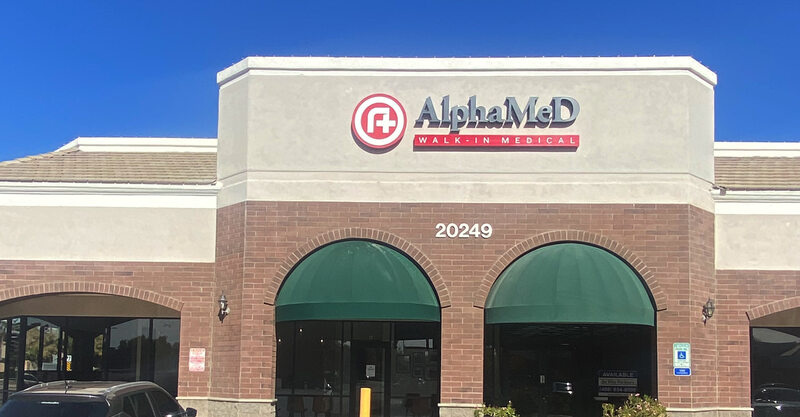New consumer protection laws like the No Surprises Act and price transparency rules are reshaping how urgent care centers collect payments. While they shield patients from unexpected bills, they also lead to more disputes, delays, and negotiations—making collections harder for clinics.
Key Regulatory Changes Impacting Patient Collections
- No Surprises Act (2022): Prevents surprise out-of-network bills for emergency care and certain non-emergency services. Patients may assume all unexpected costs are covered, leading to confusion and delayed payments.
- Health Plan Price Transparency (2022): Requires insurers to publicly disclose negotiated rates and out-of-pocket estimates. Patients now compare costs more aggressively, often disputing urgent care bills if they find lower prices elsewhere.
- Credit Reporting Changes (2023): Medical debts under $500 no longer impact credit scores, reducing urgency to pay small balances. Some patients now ignore bills altogether, increasing outstanding accounts receivable.
- 21st Century Cures Act (2021): Mandates free, immediate access to electronic health records (EHR), eliminating fees providers once charged for record requests. This adds administrative work without financial benefit.
How These Changes Impact Urgent Care Collections
1. More patients are negotiating or ignoring their bills
Patients are increasingly aware that medical bills—especially those processed through insurance—are often negotiable. A 2025 WSJ article highlights how some patients successfully reduce their bills just by asking, and many now know that providers prefer collecting something rather than sending debts to collections.
- Urgent care risk: If patients believe they can negotiate later, they may delay payment at the time of service, increasing the risk of non-payment.
- Solution: Encourage immediate payment with easy and transparent pricing
2. Price transparency is increasing patient pushback
With more visibility into pricing, patients may dispute their bills, citing lower costs elsewhere. If an urgent care visit costs more than a telehealth or retail clinic visit, some patients may challenge their charges post-service or delay payments.
- Urgent care risk: Increased billing disputes can lengthen the collection cycle and require additional administrative effort.
- Solution: Ensure patients understand pricing before treatment by providing clear cost estimates and discussing out-of-pocket expenses at check-in.
3. Credit reporting no longer motivates small bill payments
Previously, unpaid bills could negatively impact a patient’s credit score, encouraging timely payments. However, with the removal of sub-$500 medical debts from credit reports, many patients feel less pressure to settle small balances.
- Urgent care risk: More patients may ignore small balances entirely, leading to an increase in outstanding accounts receivable.
- Solution: Implement automated digital payment reminders via text and email to nudge patients toward payment with their visit still top of mind.
Best Practices for Patient Collections
- Prioritize Payments Upfront: Reduce payment friction by collecting at check-in or checkout, saving cards on file, and offering fast digital payment options. Make the experience as effortless as Amazon or Shopify.
Use digital payment reminders : Send text/email nudges at set intervals (e.g., 7, 14, and 30 days post-visit).
Offer discounts for prompt payment: Offer time-sensitive discounts (e.g., 10% off if paid within 7 days).
- Make Payment Plans Easy: Provide interest-free installment plans via self-service portals.
- Train Staff on Billing Conversations: Equip front-desk teams with scripts and digital cost estimator tools to address patient concerns effectively.
Consumer protections are shifting patient payment behaviors, and urgent care clinics must adapt. Proactively updating collection strategies will help maintain revenue while keeping patient trust intact.
Want to improve your patient collections strategy? Explore Solv’s payment solutions to streamline collections and increase revenue.




